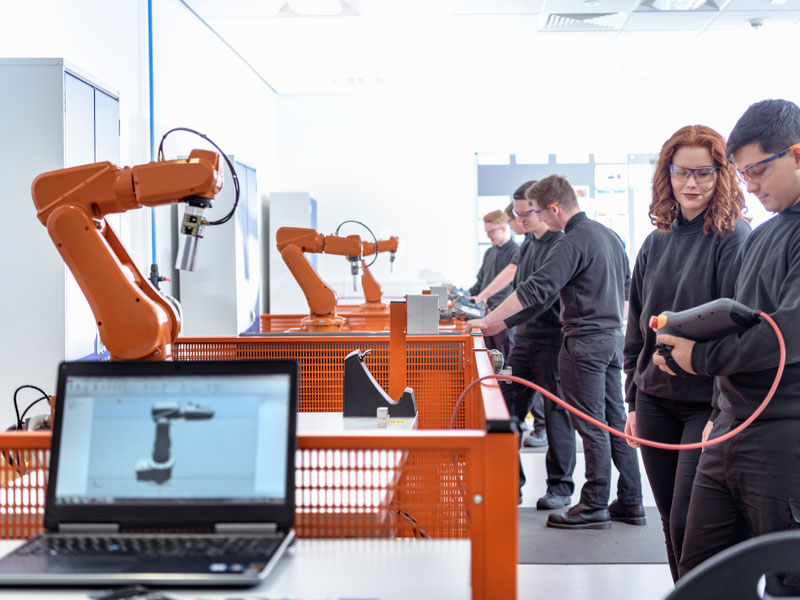Top 5 tips for businesses implementing RPA
To remain competitive, businesses must digitalise their operations. One way to speed up this process and improve returns is through robotic process automation

RPA can provide businesses with fast returns on investment by automating manual data processes, freeing up employees for more value-added tasks
Robotic process automation (RPA) is gaining popularity as enterprises discover new ways to drive business impact and speed up digital transformation. RPA is software that mimics how humans use applications to process transactions, harness data and communicate with other systems.
RPA can provide businesses with fast returns on investment by automating manual data processes, freeing up employees for more value-added tasks and improving operational and cost efficiencies. For enterprises that are digitally transforming their operations, RPA software is becoming fundamental to improving productivity, compliance and competitive advantage.
The New Economy outlines the top five tips businesses should consider for successful RPA implementation.
Start small and learn
By starting their digitalisation transformation with RPA, enterprises can more effectively plan how they will tackle the process. For example, some businesses may look to identify and automate the lengthiest and most repetitive tasks first, before replicating this in other processes. Others may consider automating operations that can impact a specific function.
RPA is at its most effective when combined with other technologies, but starting small and automating simple, tedious and repetitive processes is a good way to develop a strategy that can be implemented more broadly later on.
Implement holistically
Robotics not only enables companies to automate time consuming human processes, it also promotes innovation in terms of how the business is run and what services are offered to customers. For this reason, senior executives should approach RPA implementation holistically, keeping end-to-end processes in mind and looking for opportunities to exploit machine learning and analytics.
Robotics not only enables companies to automate time consuming human processes, it also promotes innovation
For example, an employee might manually open an email and a PDF attachment, review an invoice and enter that information into a software system. RPA streamlines this process, entering invoice amounts into the system faster and more accurately. In doing so, the software creates actionable business insights that can be used to improve process performance even further.
Consider your workforce
Traditionally, business process operations are intensive, service level-focused environments dealing with planned and unplanned peaks, seasonal variations and exhaustive end-month and end-week periods.
When RPA is introduced, this working environment changes dramatically. Automated processes not only work faster than their human counterparts but they can work 24/7 and automatically scale up to deal with peak demand and scale down in periods of lower intensity. There needs to be a shift away from traditional workforce management and rostering, towards a more skilled, customer-focused, value-adding workforce.
Train bots like humans
Treating software bots as human staff is not as farfetched as it sounds. To achieve the most with RPA, businesses should first give their bots something small and task-orientated to work on. Throughout the bots’ lifecycle, it is important to carry out maintenance and reviews, just as you would with human staff evaluations.
Enterprises should make bots just as accountable to the business as the human workforce is. The most successful RPA implementers have maintained this clarity of accountability.
Establish automation governance
Enterprises need to establish automation governance systems as an extension of corporate governance. To ensure robotic processes comply with regulatory controls, businesses must closely monitor and manage digital workers. Businesses must also ensure they have a clear understanding of what robotics laws are in place and how to effectively comply with them.
RPA is an important asset in any enterprise’s digital transformation. By implementing automation with time-intensive, manual, administrative tasks first, companies can learn from RPA-enabled processes and replicate those successes elsewhere in the business. Combining RPA with a broader set of technological tools ultimately improves business outcomes across end-to-end processes.













